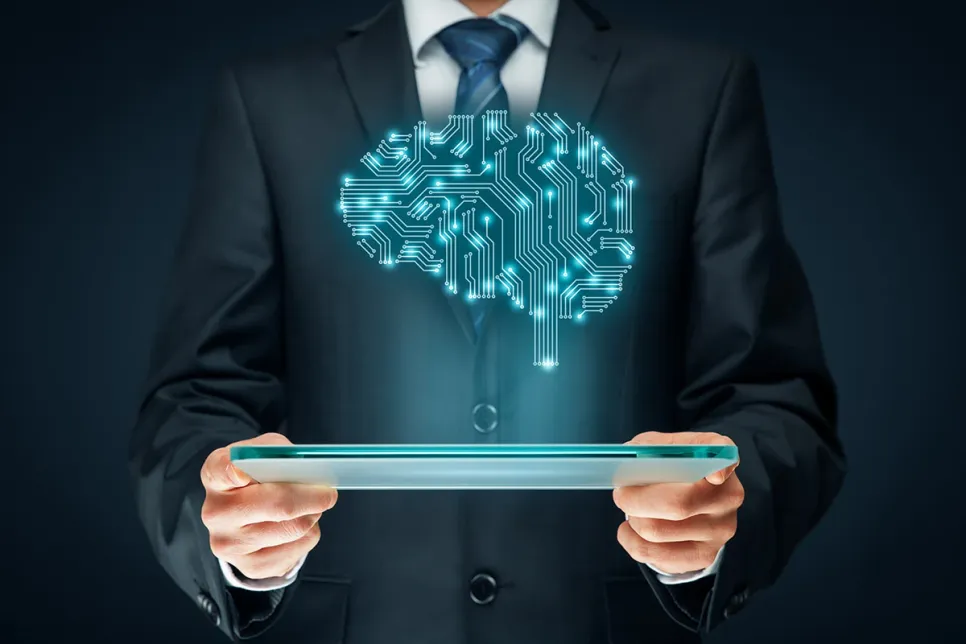Business Users and Developers Are the Main Opportunities for AI PCs
AI is coming to the PC, but Apple and NVIDIA already have a lock on creative and gaming users, says a new Omdia report.

IT and business leaders are often confused about what AI can do for their organizations and are challenged by several AI misconceptions. Gartner said IT and business leaders developing projects must separate reality from myths to devise their future strategies.
“With AI technology making its way into the organization, it is crucial that business and IT leaders fully understand how AI can create value for their business and where its limitations lie,“ said Alexander Linden, research vice president at Gartner. “AI technologies can only deliver value if they are part of the organization’s strategy and used in the right way.“
Gartner has identified five common myths and misconceptions about AI.
Myth No.1: AI Works in the Same Way the Human Brain Does
AI is a computer engineering discipline. In its current state, it consists of software tools aimed at solving problems. While some forms of AI might give the impression of being clever, it would be unrealistic to think that current AI is similar or equivalent to human intelligence.
Myth No. 2: Intelligent Machines Learn on Their Own
Human intervention is required to develop an AI-based machine or system. The involvement may come from experienced human data scientists who are executing tasks such as framing the problem, preparing the data, determining appropriate datasets, removing potential bias in the training data and, most importantly, continually updating the software to enable the integration of new knowledge and data into the next learning cycle.
Myth No. 3: AI Can Be Free of Bias
Every AI technology is based on data, rules and other kinds of input from human experts. Similar to humans, AI is also intrinsically biased in one way or the other. In addition to technological solutions, such as diverse datasets, it is also crucial to ensure diversity in the teams working with the AI, and have team members review each other’s work. This simple process can significantly reduce selection and confirmation bias.
Myth No. 4: AI Will Only Replace Repetitive Jobs That Don’t Require Advanced Degrees
AI enables businesses to make more accurate decisions via predictions, classifications and clustering. These abilities have allowed AI-based solutions to replace mundane tasks, but also augment remaining complex tasks. With the advancement of AI in the workplace, business and IT leaders should adjust job profiles and capacity planning as well as offer retraining options for existing staff.
Myth No. 5: Not Every Business Needs an AI Strategy
Every organization should consider the potential impact of AI on its strategy and investigate how this technology can be applied to the organization’s business problems. In many ways, avoiding AI exploitation is the same as giving up the next phase of automation, which ultimately could place organizations at a competitive disadvantage.